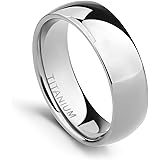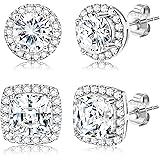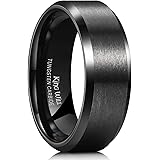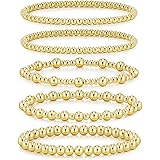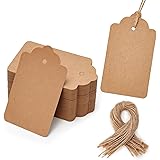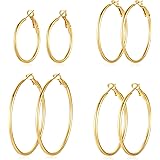Whether traveling on business or for pleasure, many people like to bring gold jewelry with them. But the rules regarding the transport of these precious items can be confusing, and if not adhered to can result in costly delays or penalties. Having an understanding of the basics of customs duty is essential for travelers, as it will help streamline the entry process into the USA. This article will demystify the nuances of gold jewelry us customs by providing insight into allowances, exemptions, and limits.
The term “customs duty” refers to a tariff or tax that is levied on goods when they are transported across International borders. The purpose of these charges is to protect each country’s economy, residents, and jobs by controlling the flow of goods in and out of their nation. The United States charges 6% customs duty on gold jewelry brought in from abroad.
While many people mistakenly believe that if an item is given to them as a gift it does not require them to declare its value and pay customs duties, this is not the case. According to US Customs and Border Protection (CBP), it does not matter whether an individual purchased their jewelry or received it as a gift, the fair market value in their home country is what counts when determining if the items exceed the $800 personal exemption limit and thus must be declared.
When bringing back jewelry from another country, travelers are required to complete a CBP Form 6059B upon arrival. This form requires that all merchandise and valuables, including gold jewelry, be declared to a CBP officer. When declaring jewelry, it is important to be truthful and thorough in the description of the pieces, and to provide accurate estimates of their value. Failure to do so can result in severe penalties, including the confiscation of the merchandise.
In addition, it is important to remember that CBP officers are trained to detect smuggled or illegally made jewelry and metals. These smuggled or illegally made items are often made of low quality and are sold at exorbitant prices, which deprives the legitimate jewelry business of much-needed revenue. Lastly, if you are a jeweler in the United States that regularly imports gems and precious metals from other countries for sale to consumers in the US, you must comply with the Patriot Act and its related regulations concerning Anti-Money Laundering (AML).
To avoid unnecessary hassles at the airport, be sure to pack your jewelry properly before you travel. Place each piece in a padded jewelry case or bag, and place this in your carry-on luggage so that it is easily accessible when needed. Keeping receipts and documentation of the value and origin of your jewelry can also help expedite the customs declaration process. And, as always, be sure to check with CBP’s website or a trusted customs broker before your trip to make sure you are fully informed on all the latest rules and regulations for importing jewelry into the US.

